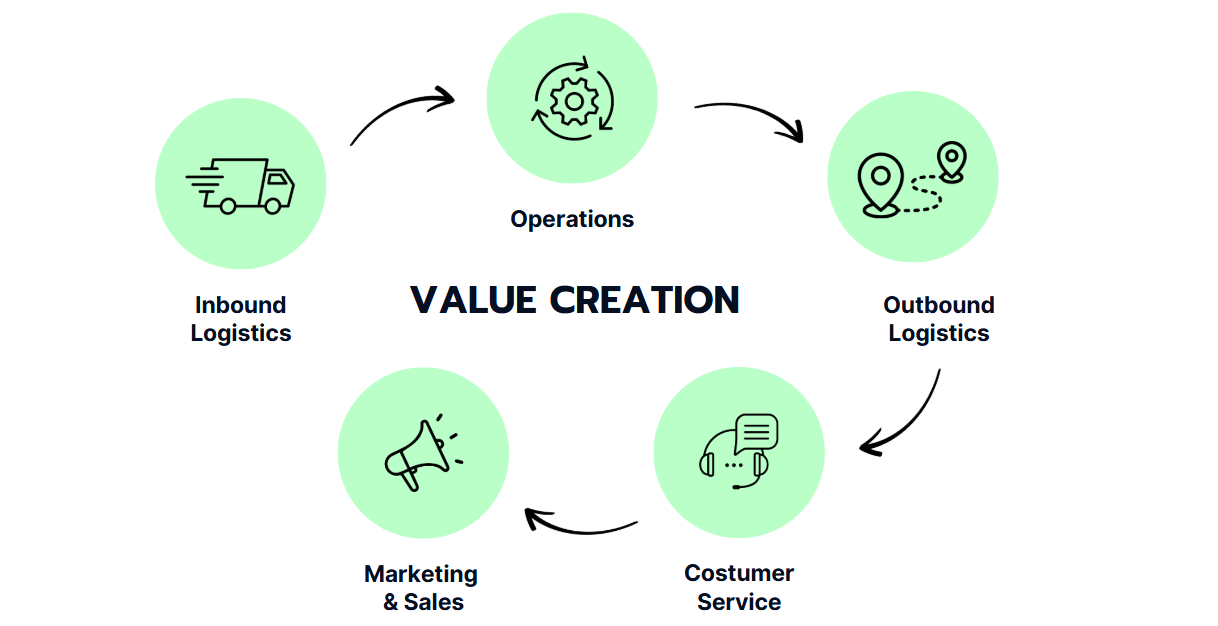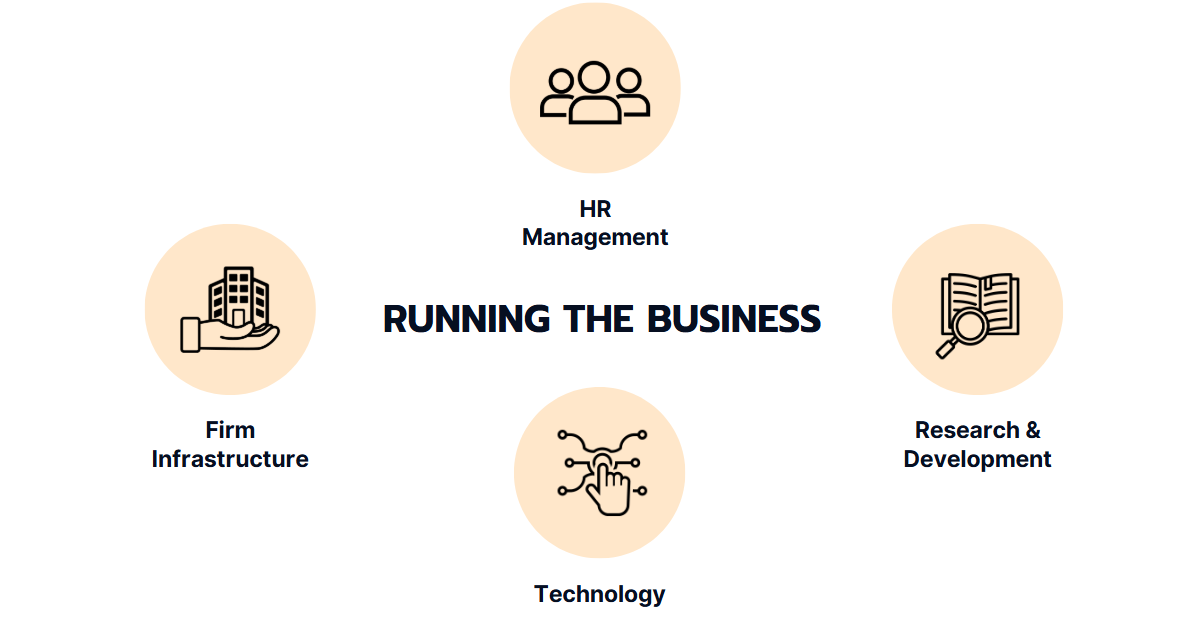The Value Chain, developed by Michael Porter, is a proven framework that systematically visualizes a company's value-creating activities. It shows how a product gains value step by step — from production to sales. 🎯 There are primary activities like production and marketing, and supporting activities like IT and HR. When all parts work together perfectly, real value is created for both customers and the company. This analysis helps pinpoint areas for improvement and demonstrates how profit margins can be justified through optimized processes.
Learn more about case interview frameworks in our Case Interview Basics! 🚀



